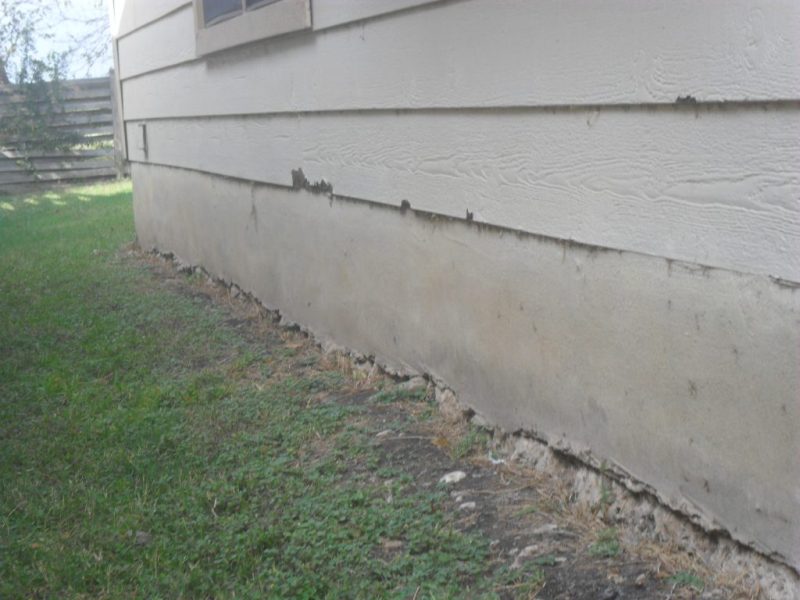Basement waterproofing is an important course of for safeguarding your basement from water intrusion and preventing water-related injury to your home. Waterproofing strategies can range relying on the supply of the water downside, the construction of your basement, and your finances. Here are the key steps involved in basement waterproofing:
Identify the Source of Water Intrusion:
Before waterproofing, it's important to determine the place the water is coming from. Common sources include surface water runoff, groundwater, hydrostatic pressure, or plumbing leaks.
Inspect and Repair Foundation Cracks:
Inspect the inspiration walls and floor for cracks and restore them using acceptable materials, such as epoxy or polyurethane injections. Sealing foundation cracks is crucial to prevent water from seeping by way of.
Improve Exterior Drainage:
Proper drainage round your house can prevent water from accumulating close to the muse. Ensure that gutters and downspouts are in good condition and direct rainwater away from the house. Consider grading the soil around your house to slope away from the inspiration.
Exterior Waterproofing:
Exterior waterproofing entails excavating across the foundation partitions and applying a waterproof coating or membrane to the exterior surface. This methodology could be efficient for preventing water penetration from exterior the basement.
Interior Waterproofing:
Interior waterproofing focuses on managing water that has already entered the basement. Common interior waterproofing strategies embody:
Interior Drainage System: Installing a French drain or interior drain tile system alongside the perimeter of the basement to collect and redirect water to a sump pump.
Sump Pump Installation: A sump pump is used to pump collected water out of the basement to stop flooding. Ensure it is properly maintained and has a backup power source.
Vapor Barriers: Installing vapor obstacles on the interior walls and flooring to prevent moisture from seeping by way of and to reduce back humidity levels.
Epoxy Coatings: Applying epoxy coatings to basement floors might help seal and waterproof the concrete.

Window Well Covers and Egress Windows:
If you've window wells in your basement, consider installing covers to maintain rainwater and debris out. Egress home windows with correct drainage are important to stop water from coming into through basement windows.
Crawl Space Encapsulation:
If your home has a crawl space, encapsulate it by sealing it off from moisture, installing a vapor barrier, and sustaining proper air flow.
Regular Maintenance:
Basement waterproofing requires ongoing upkeep, corresponding to checking and cleaning gutters, ensuring sump pumps are functioning correctly, and periodically inspecting the basement for signs of water intrusion.
Consult a Professional:
It's highly really helpful to seek the guidance of with an expert waterproofing contractor or structural engineer to assess your specific scenario and recommend essentially the most appropriate waterproofing options.
http://www.whitbyfoundationrepair.com is an investment within the long-term well being and structural integrity of your home. Neglecting water issues within the basement can lead to mould progress, basis injury, and other pricey problems. Be sure to deal with any water-related issues promptly and completely to protect your house and its value..
